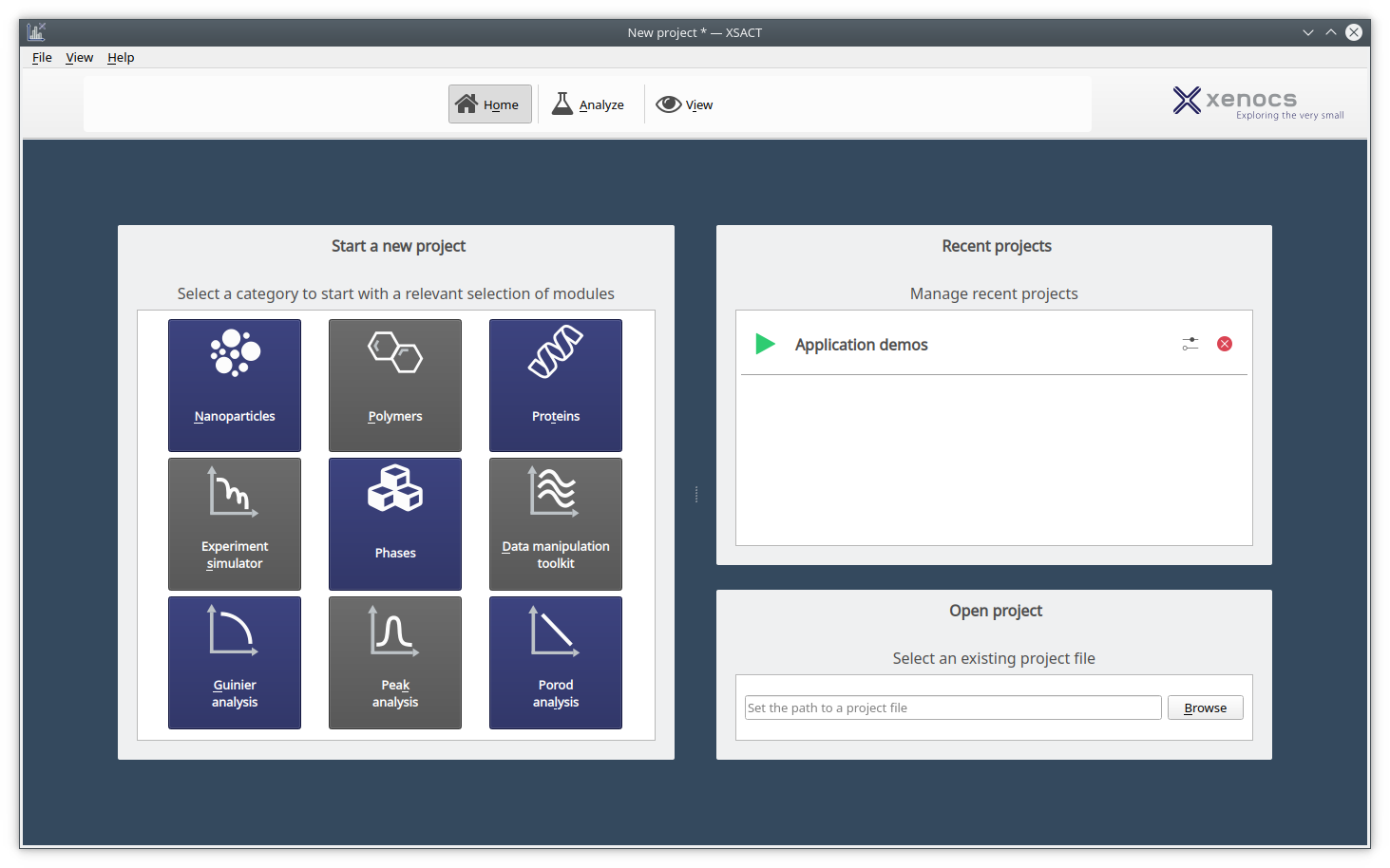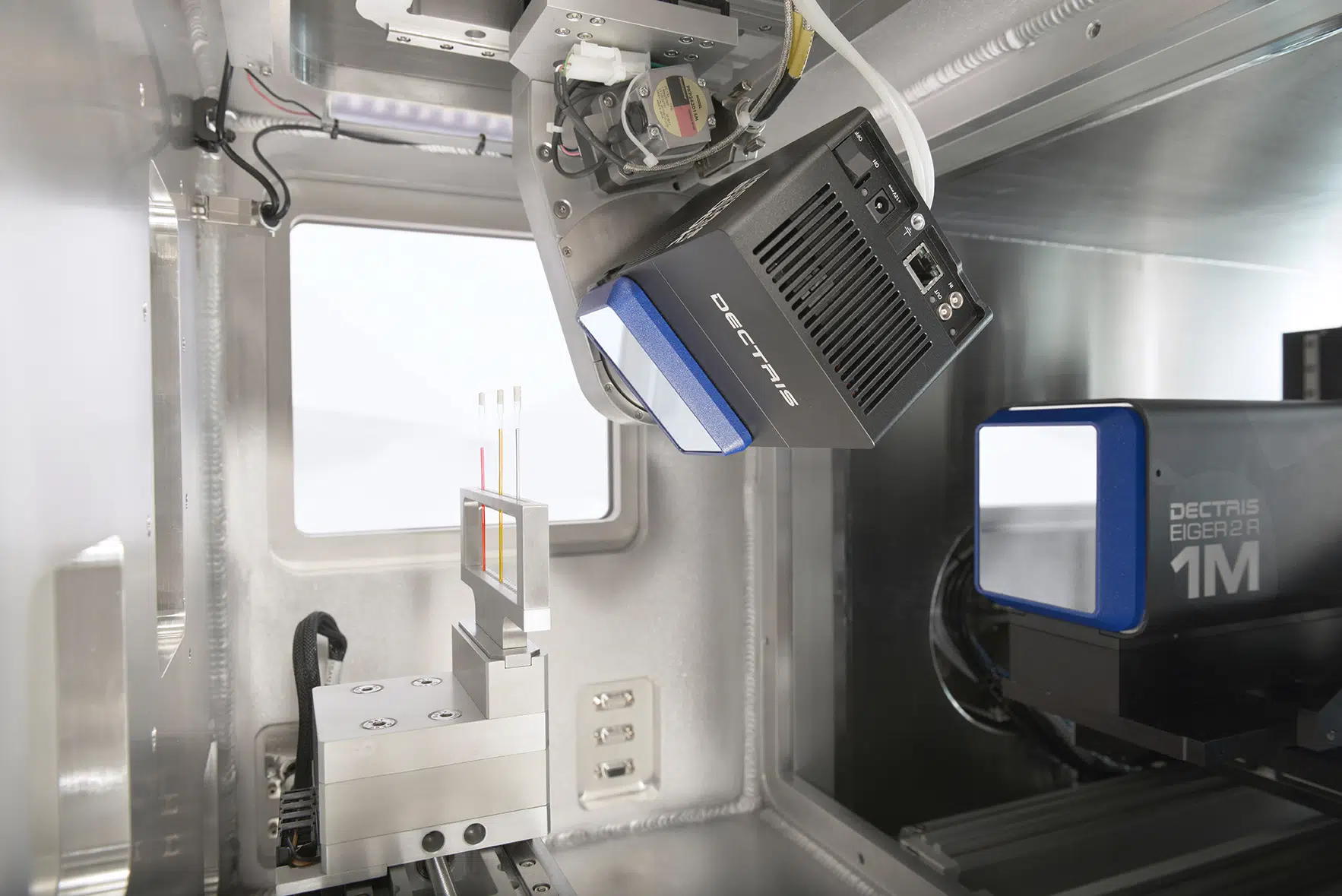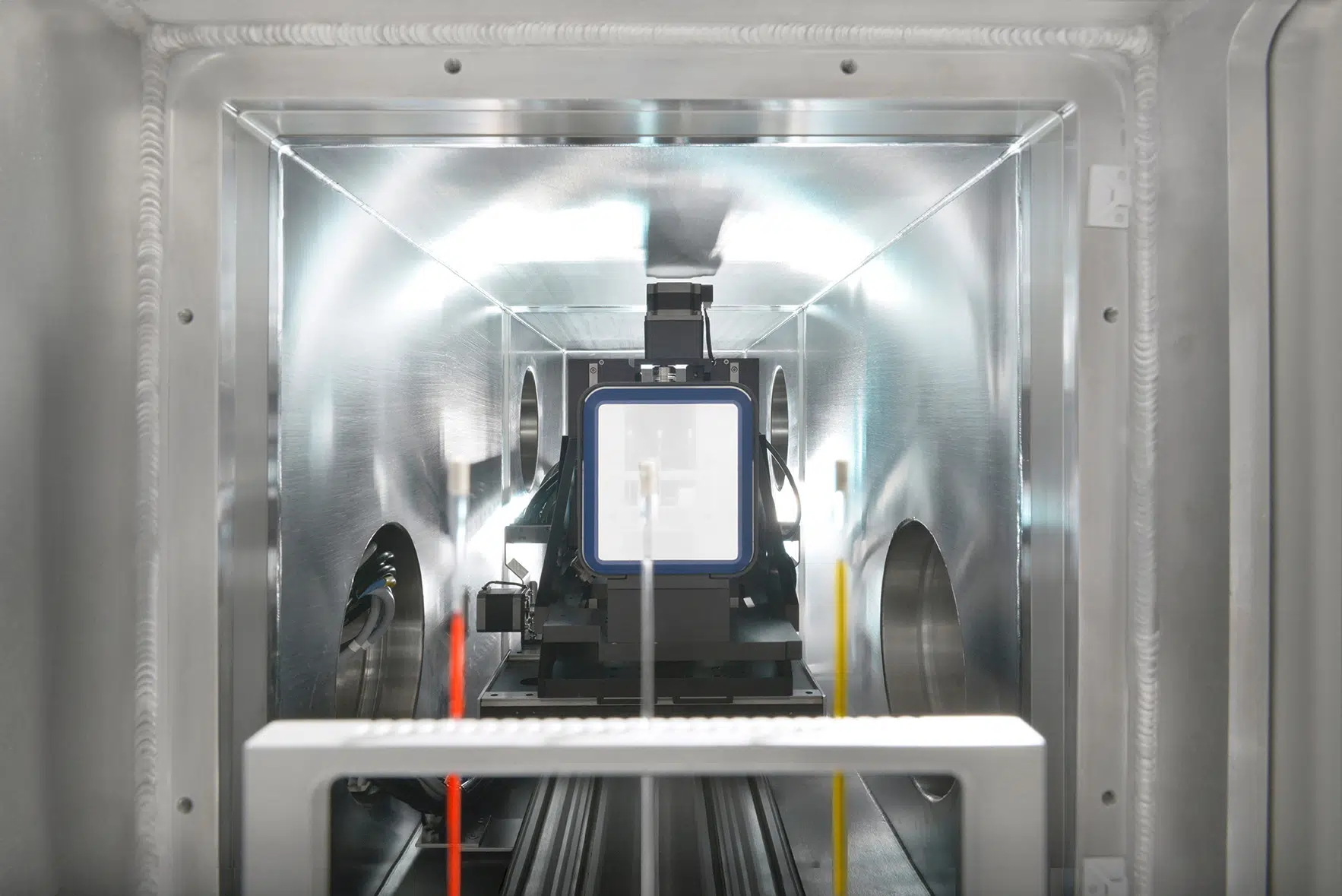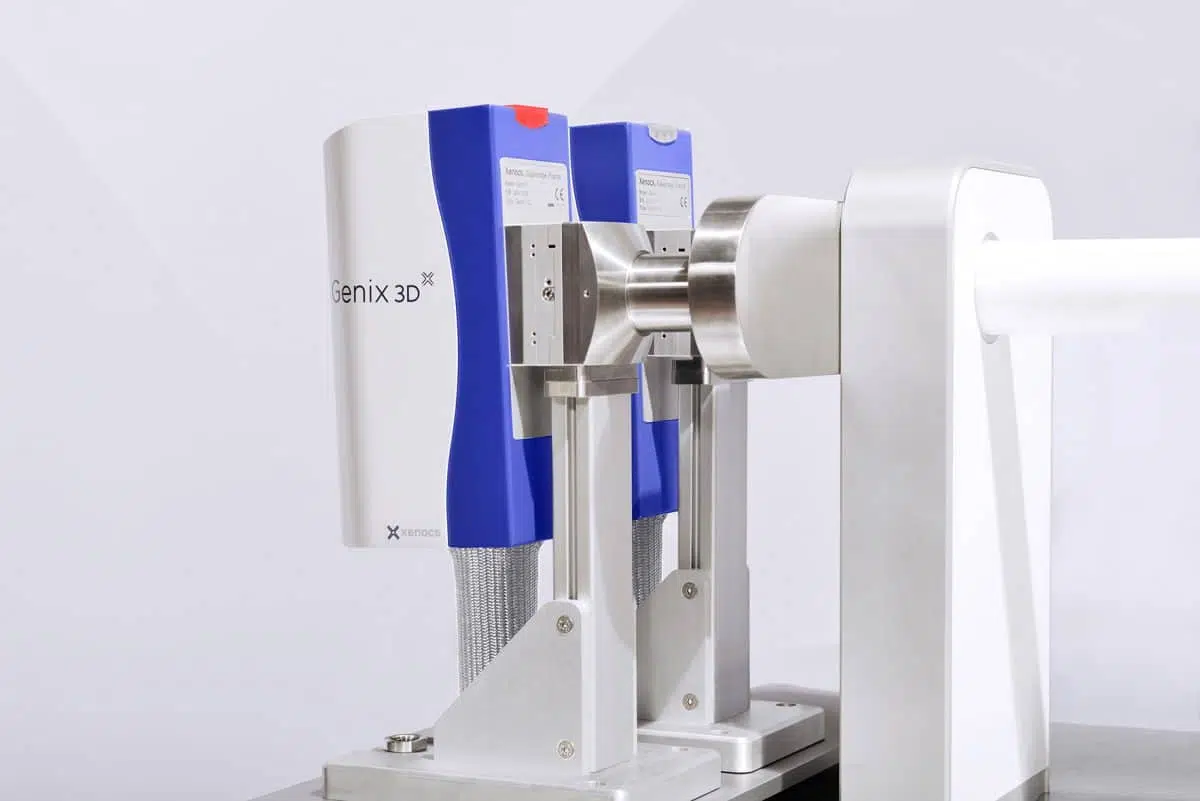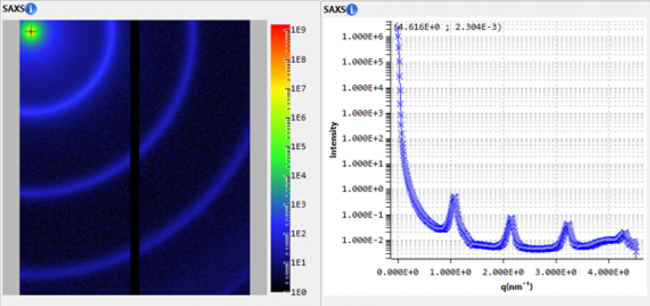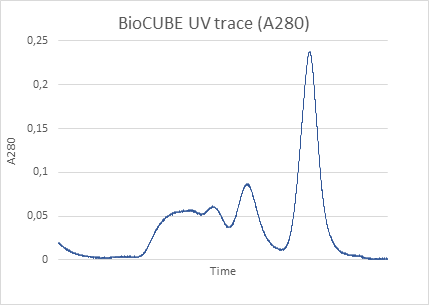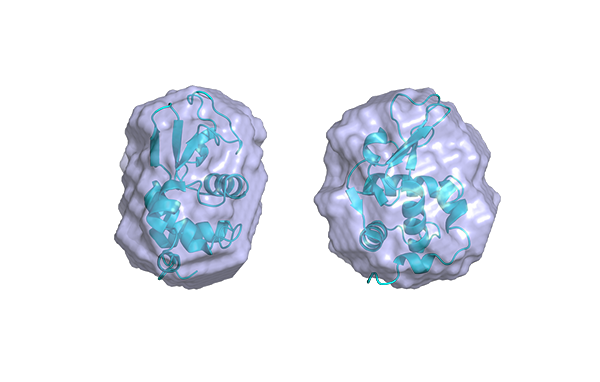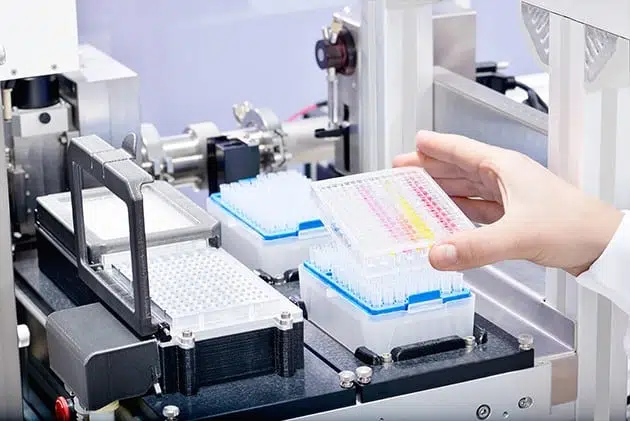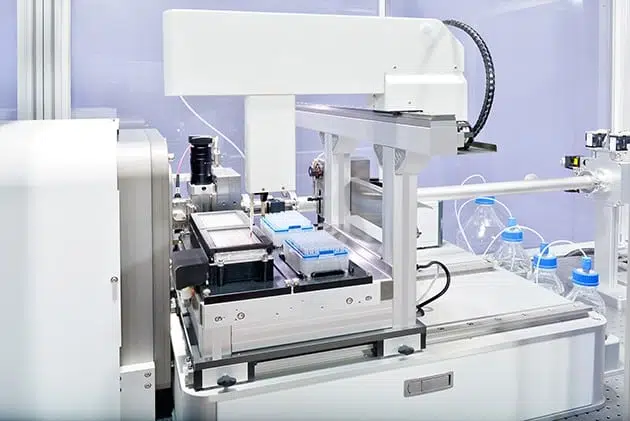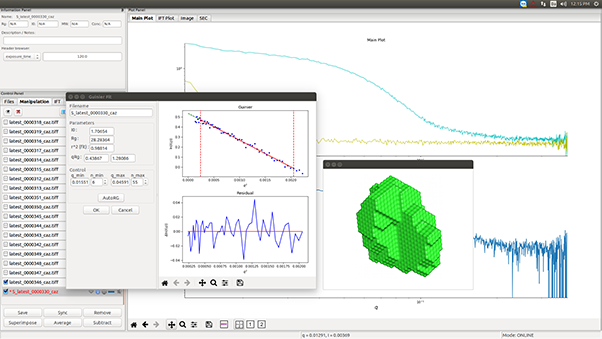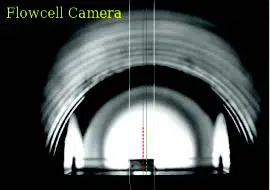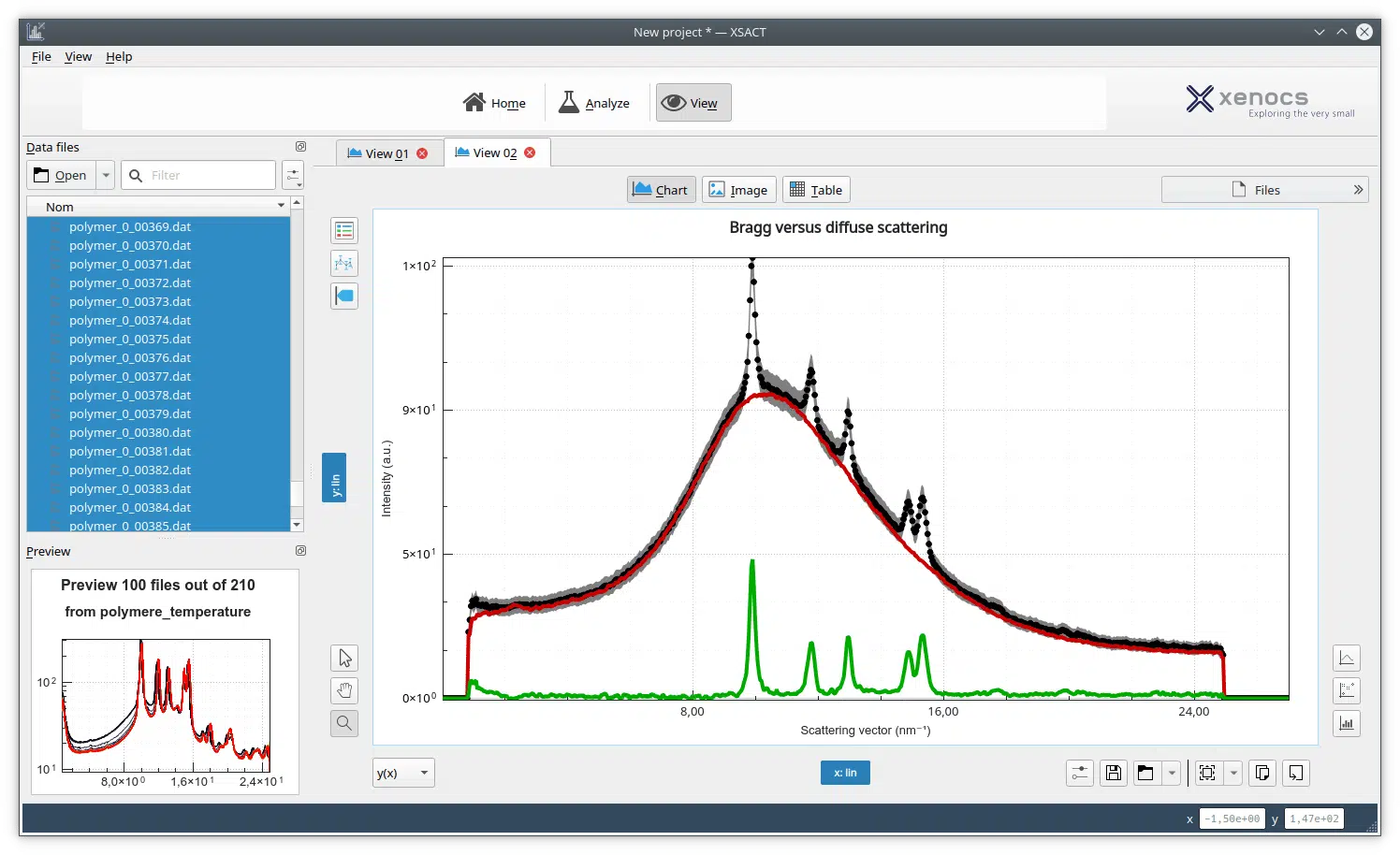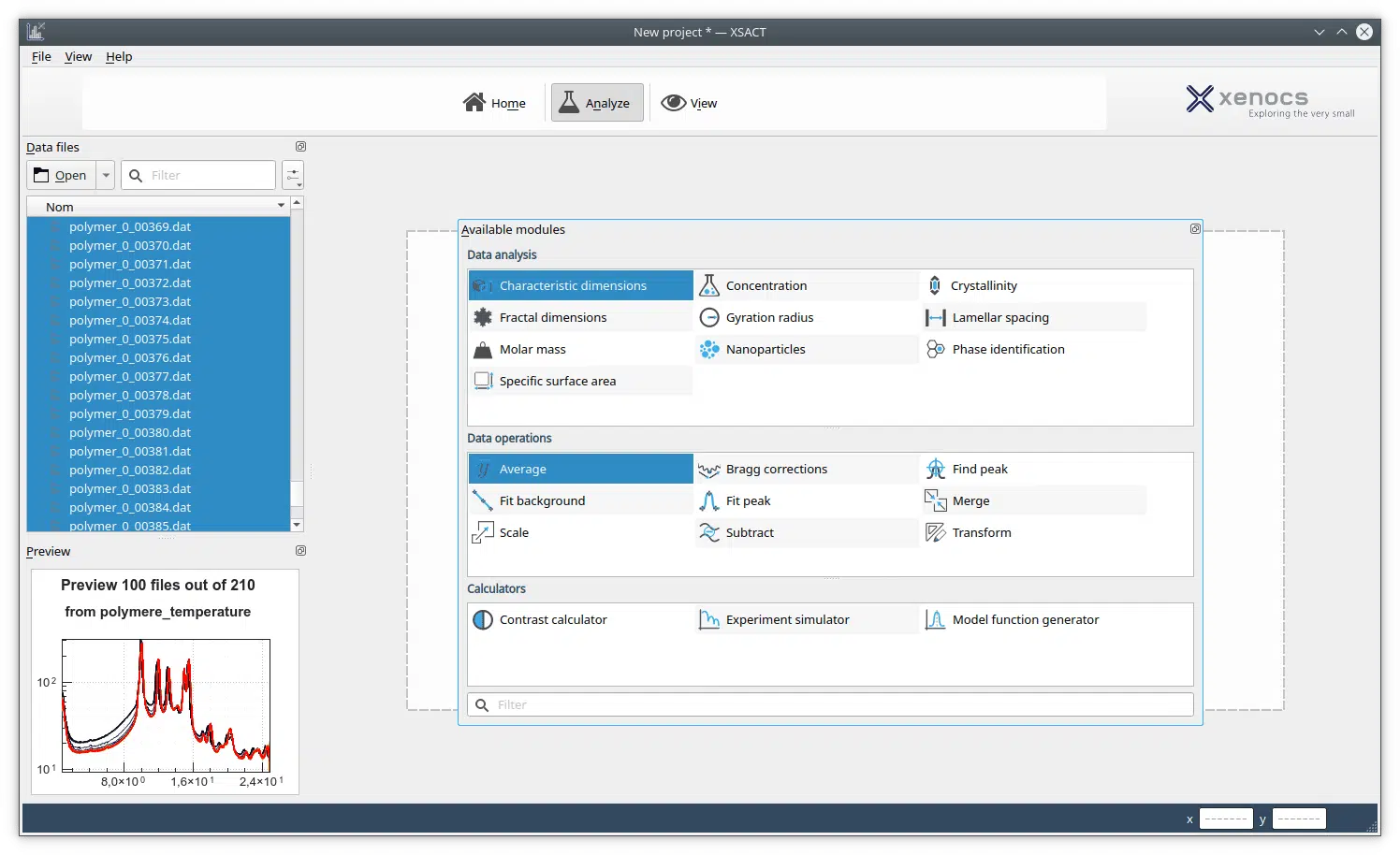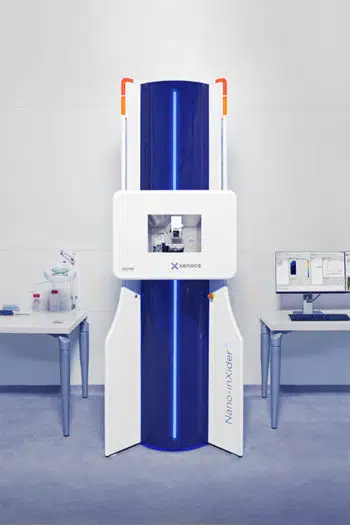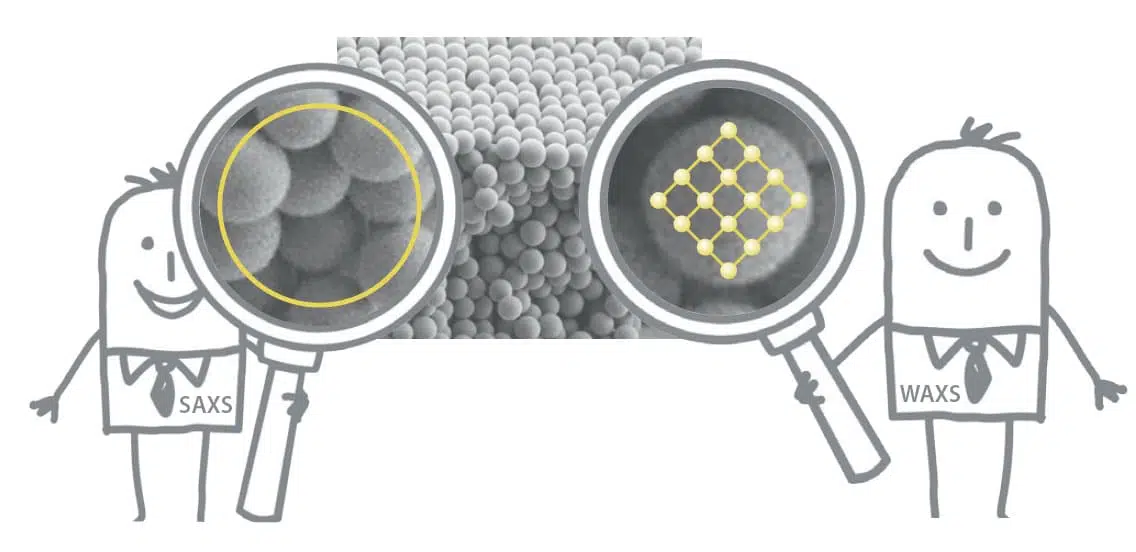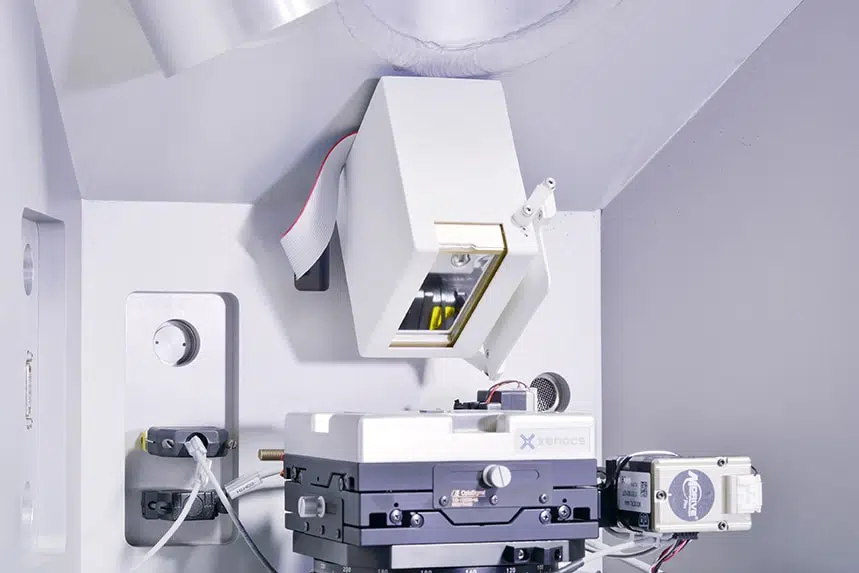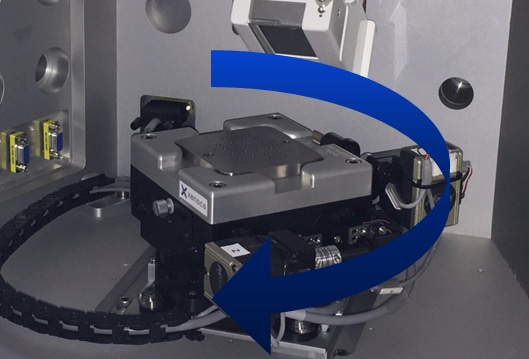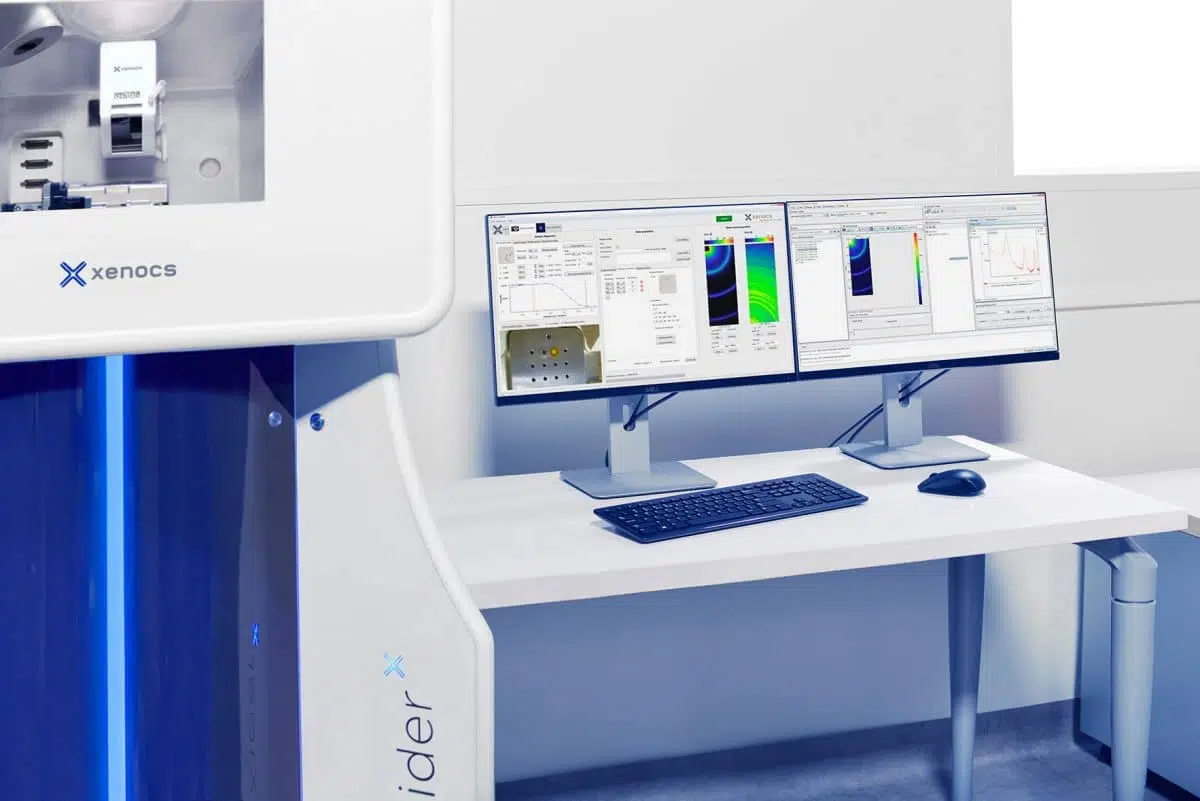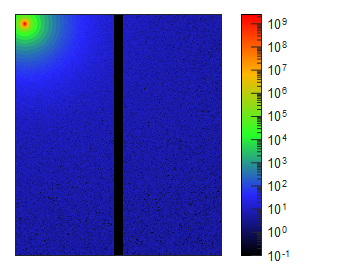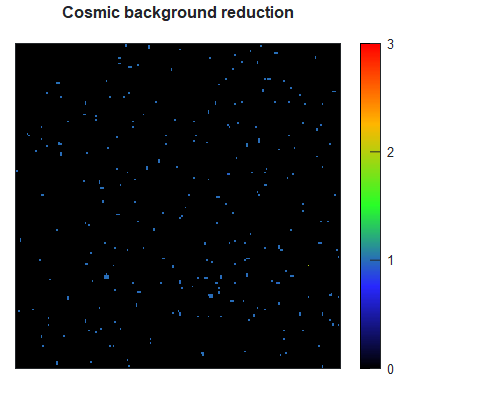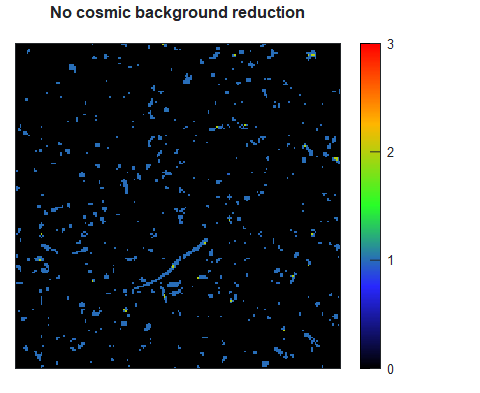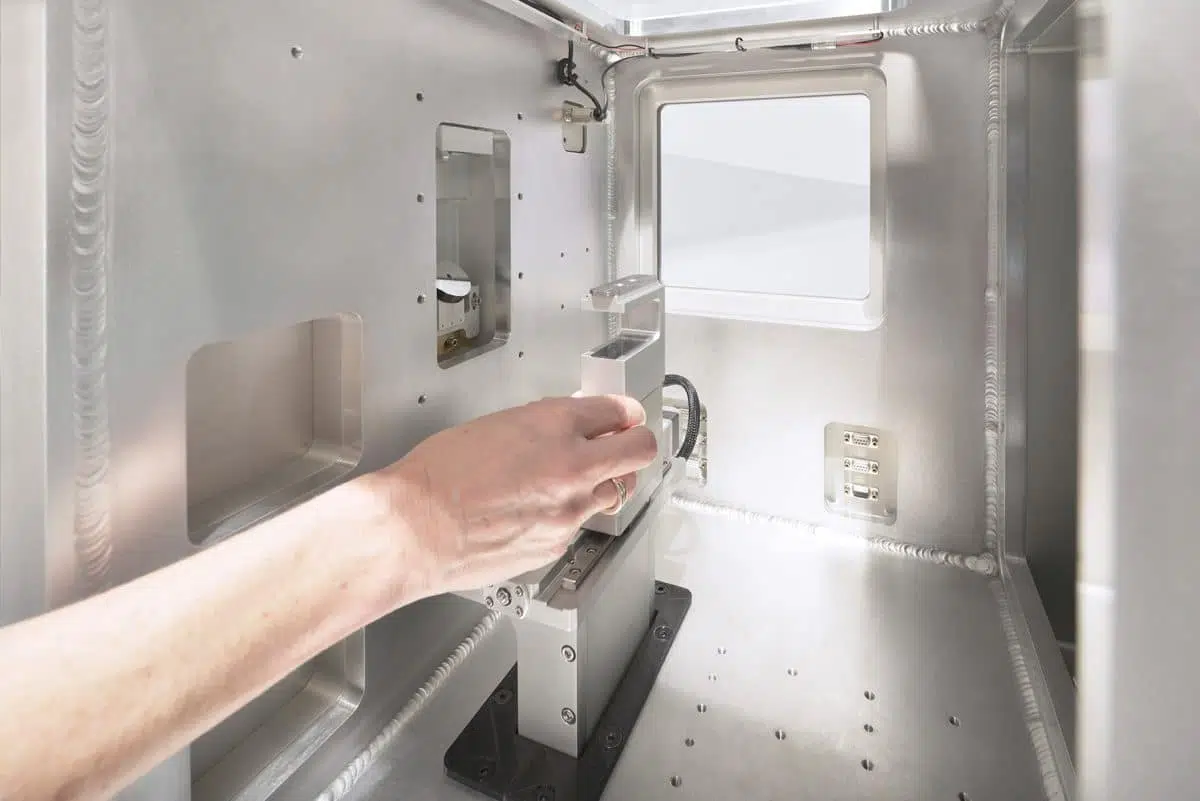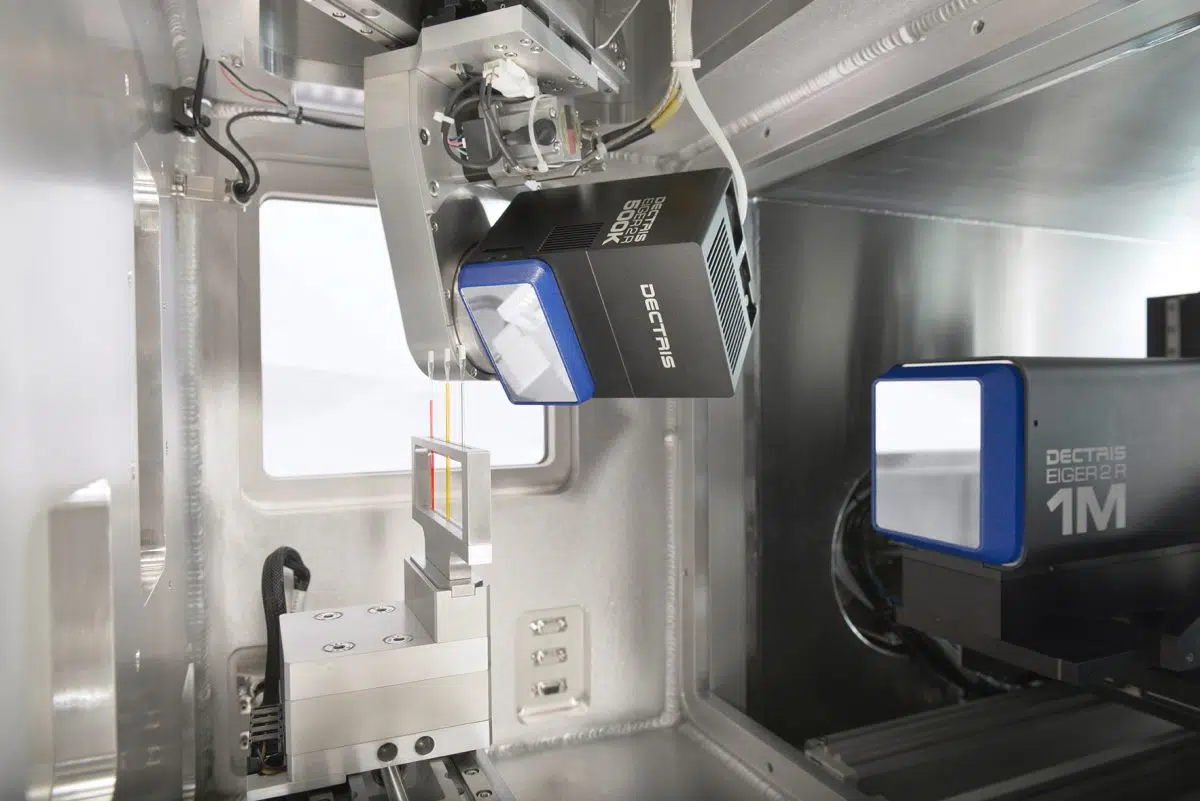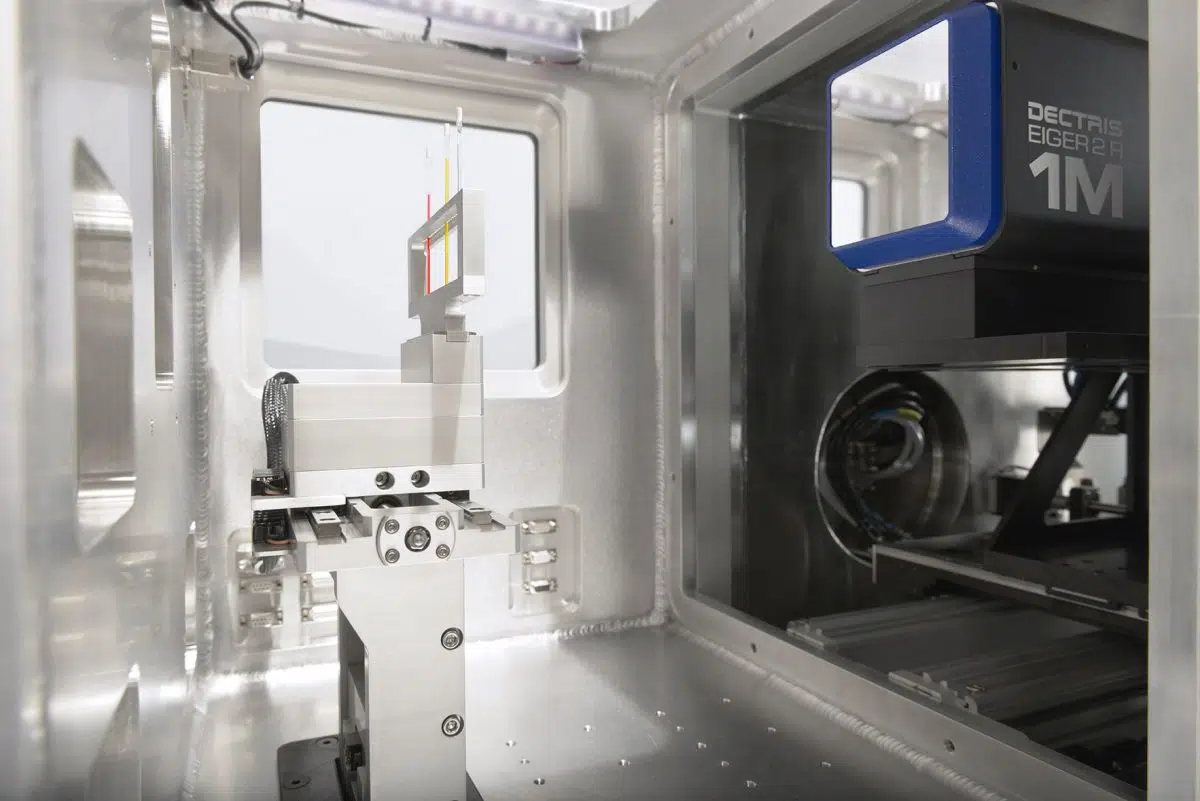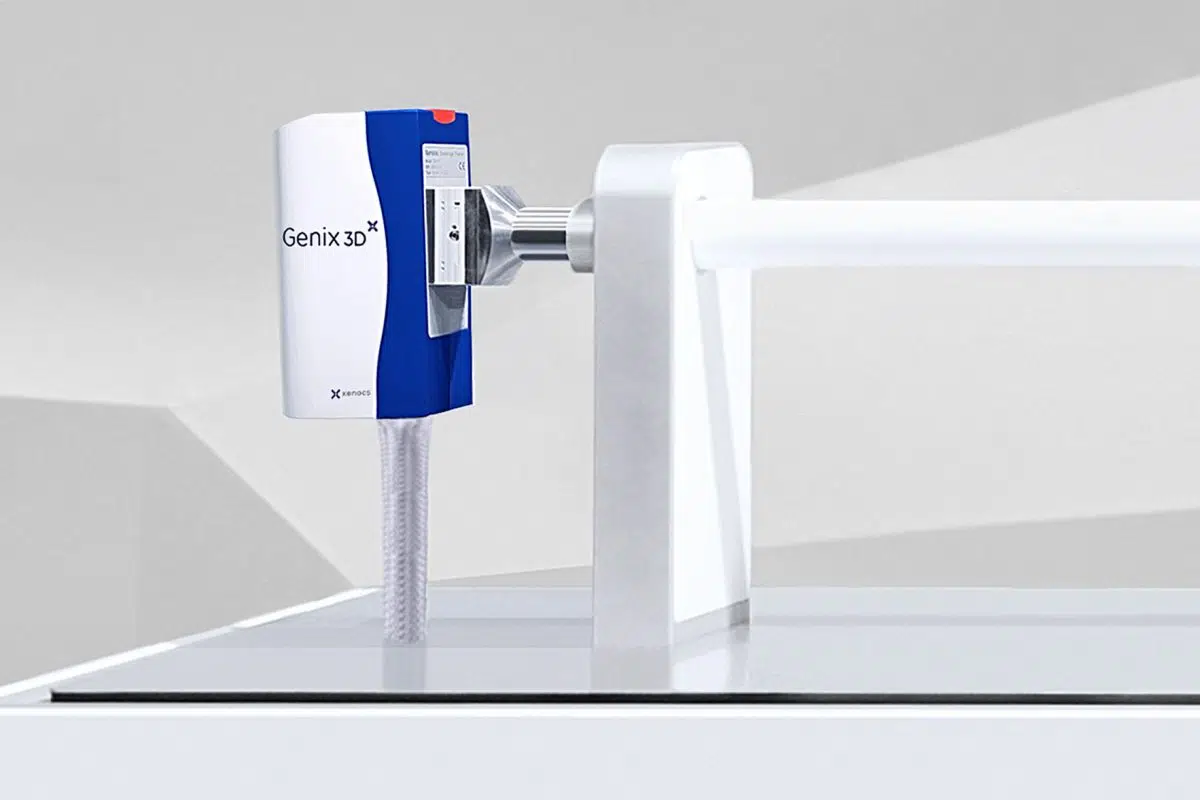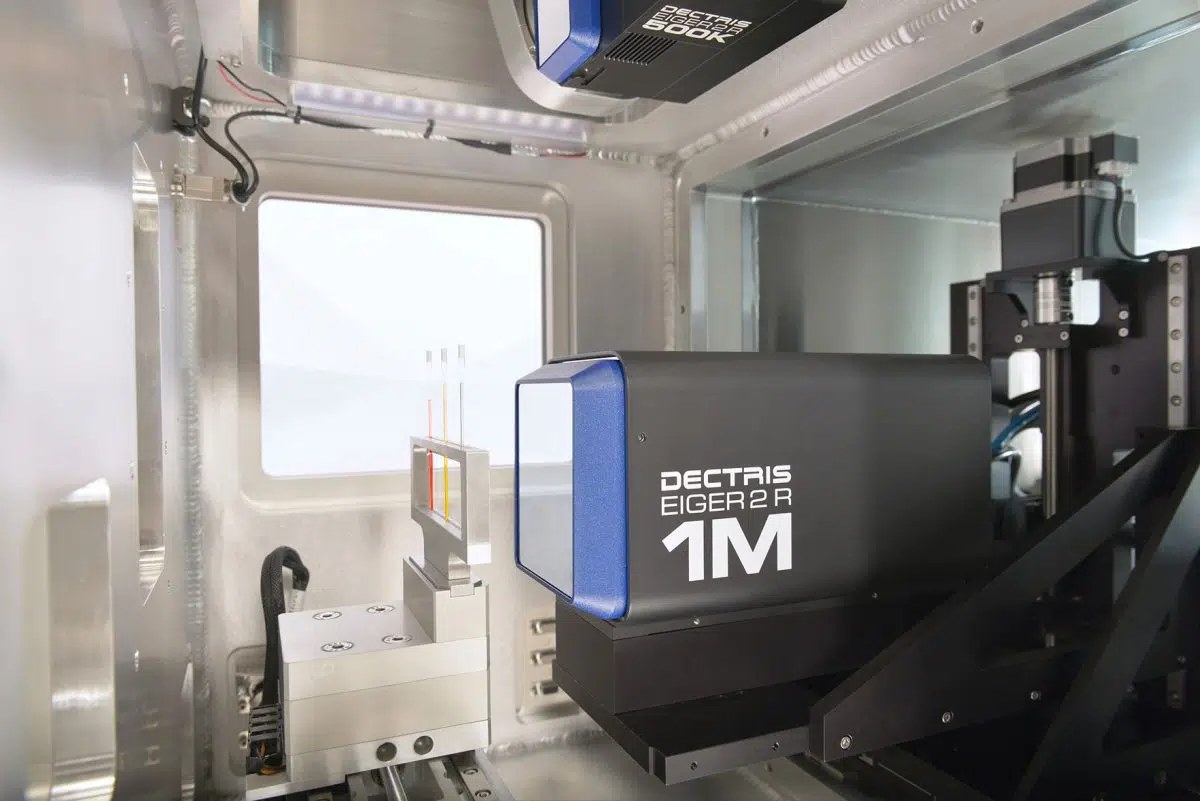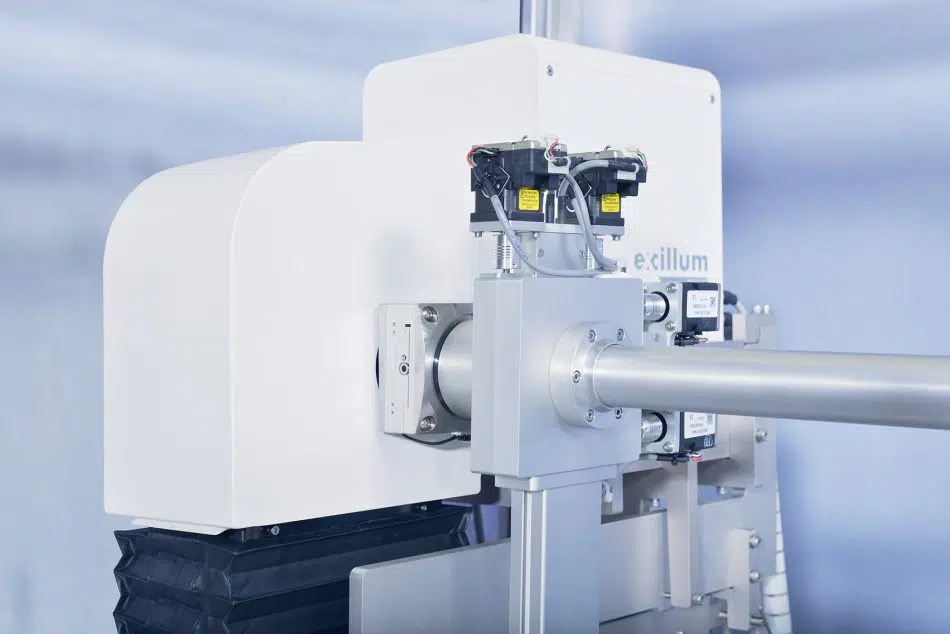Wingstrand, Sara L.; Shen, Bo; Kornfield, Julie A.; Mortensen, Kell; Parisi, Daniele; Vlassopoulos, Dimitris; Hassager, Ole
Rheological Link Between Polymer Melts with a High Molecular Weight Tail and Enhanced Formation of Shish-Kebabs
Presence of an ultra high molecular weight (UHMw) fraction in flowing polymer melts is known to facilitate formation of oriented crystalline structures significantly. The UHMw fraction manifests itself as a minor tail in the molar mass distribution and is hardly detectable in the canonical characterization methods. In this study, alternatively,…
Disruptive effect of tocopherol oxalate on DPPC liposome structure: DSC, SAXS, and fluorescence anisotropy studies
Neunert, Grażyna; Tomaszewska-Gras, Jolanta; Siejak, Przemyslaw; Pietralik, Zuzanna; Kozak, Maciej; Polewski, Krzysztof
α-Tocopherol oxalate (TO), a tocopherol ester derivative, was investigated for its effect on the structural changes of fully hydrated 1,2-dipalmitoyl-sn-glycero-3-phosphocholine (DPPC) liposomes, as a function of concentration and temperature, by applying differential scanning calorimetry (DSC), small angle X-ray scattering (SAXS), and DPH fluorescence anisotropy methods. The DSC and DPH…
Effects of Interconnected Polymer Nanopores Leading to Different Degrees of Confined Polymerization
Wang, Kui; Lei, Jinhua; Nie, Heran; Shen, Lu; Chen, Peng; Zhou, Guangyuan
In this study, different degrees of ethylene-confined polymerization (non-confined, slightly confined, and highly confined) are presented in porous polymer microspheres (PPMs) with an interconnected tri-modal pore structure. First, three catalysts, Cp2ZrCl2, Cp2TiCl2, and TiCl4, are attached to the interface of PPMs to form a nano-confined space for ethylene polymerization. Then…
Smart release of antimicrobial ZnO nanoplates from a pH-responsive keratin hydrogel
Villanueva, María E.; Cuestas, María L.; Pérez, Claudio J.; Campo Dall′ Orto, Viviana; Copello, Guillermo J.
A smart antibacterial biomaterial based on a keratin hydrogel with pH-dependent behavior and Zinc Oxide nanoplates as biocide agent has been developed. The pH of a chronic wound is basic due to bacterial metabolism. Originally shrank at acid pH, keratin hydrogels swell upon contact with a bacterial contaminated media leading…
High molecular weight poly(butylene succinate-co-furandicarboxylate) with 10mol% of BF unit: Synthesis, crystallization-melting behavior and mechanical properties
Peng, Shuangbao; Bu, Zhiyang; Wu, Linbo; Li, Bo-Geng; Dubois, Philippe
In this study, high molecular weight poly(butylene succinate-co-furandicarboxylate) with 10mol% of butylene furandicarboxylate unit (PBSF10) was synthesized and its crystal structure and crystallization-melting behaviors were investigated by means of WAXD, SAXS, DSC and POM. The tensile properties were also assessed. The crystal structure of PBSF10 is found to be the…
Highly Biodegradable and Tough Polylactic Acid–Cellulose Nanocrystal Composite
Muiruri, Joseph K.; Liu, Songlin; Teo, Wern Sze; Kong, Junhua; He, Chaobin
Poly(l-lactide) cellulose nanocrystals-filled nanocomposites were fabricated by blending of cellulose nanocrystals-g-rubber-g-poly(d-lactide) (CNC-rD-PDLA) and commercial PLLA, in which CNC-g-rubber was synthesized by ring opening polymerization (ROP) of d-lactide and a ε-caprolactone mixture to obtain CNC-P(CL-DLA), followed by further polymerization of d-lactide to obtain CNC-rD-PDLA. X-ray…
Bioinspired Polylactide Based on the Multilayer Assembly of Shish-Kebab Structure: A Strategy for Achieving Balanced Performances
Yi, Longfei; Luo, Shanshan; Shen, Jiabin; Guo, Shaoyun; Sue, Hung-Jue
Achieving balanced mechanical performances in a polymer material has long been attractive, but it is still a significant challenge. Herein, a nonadditive strategy was proposed by tailoring the crystalline structure of neat polylactide (PLA) through a layer-multiplying extrusion. Compared with normal PLA, the layer-multiplied material exhibited a 50% increase in…
Controlling Crystal Microstructure To Minimize Loss in Polymer Dielectrics
Miranda, Daniel F.; Zhang, Shihai; Runt, James
A model semicrystalline polymer, poly(ethylene naphthalate) (PEN), was used to examine how morphological factors inhibit chain segment relaxations that contribute to dielectric loss. This was achieved by manipulating the extent of crystallization and the crystalline microstructure through a combination of annealing and uniaxial drawing and investigating the effects on dielectric…
Structural transformation from shish-kebab crystals to micro-fibrils through hot stretching process of gel-spun ultra-high molecular weight polyethylene fibers with high concentration solution
An, Minfang; Lv, You; Yao, Guibin; Zhang, Li; Wang, Zongbao
Structural evolution of gel-spun ultra-high molecular weight polyethylene fibers with high concentration solution via hot stretching process was investigated by in situ small-angle X-ray scattering, in situ wide-angle X-ray diffraction measurements, scanning electron microscopy, and differential scanning calorimetry. With the increase of stretching strain, the long period continuously increases…
Structural analysis of mtEXO mitochondrial RNA degradosome reveals tight coupling of nuclease and helicase components
Razew, Michal; Warkocki, Zbigniew; Taube, Michal; Kolondra, Adam; Czarnocki-Cieciura, Mariusz; Nowak, Elzbieta; Labedzka-Dmoch, Karolina; Kawinska, Aleksandra; Piatkowski, Jakub; Golik, Pawel; Kozak, Maciej; Dziembowski, Andrzej; Nowotny, Marcin
The mitochondrial RNA degradosome (mtEXO) plays an essential role in the regulation of mitochondrial gene expression and is composed of the 3′-to-5′ exoribonuclease Dss1 and the helicase Suv3. Here the authors present the RNA bound mtEXO crystal structure and give insights into its…



